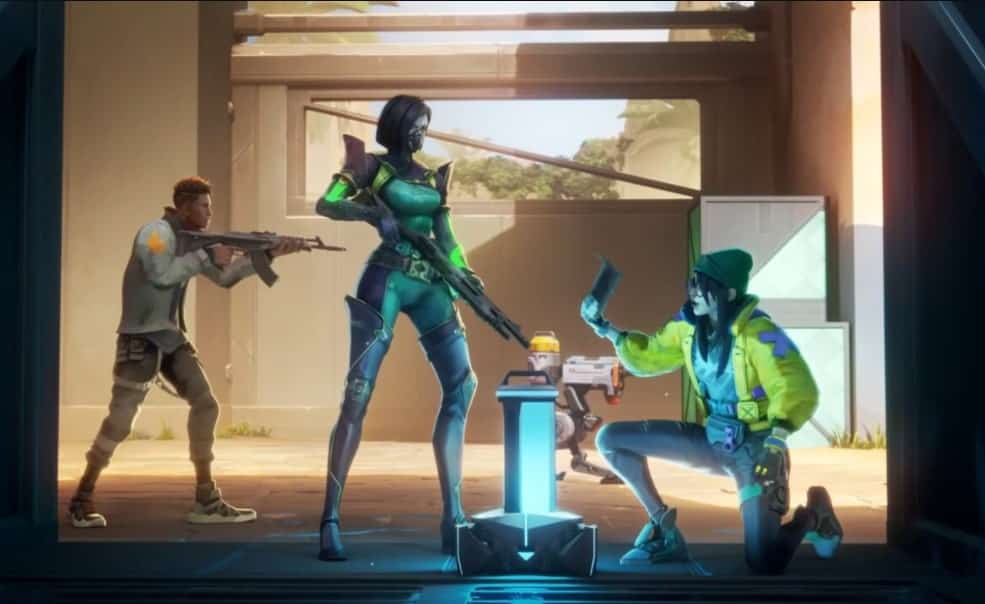With Valorant on a steady climb to the top of the Esports industry, more and more players with various systems are jumping into the game. Luckily, the game is well optimized and players don’t require high-end PCs to play it. Although, every player should know the best settings for Valorant and attempt to maximize the game’s FPS as much as possible.
As most of the players are switching over to 120 Hz or higher refresh rate monitors, 120 FPS is becoming the minimum requirement for competitive shooter games. Here’s our guide to increase your FPS with the best settings for Valorant.
Best Valorant General Settings
Although the general settings don’t have a big impact on the game’s performance, they can still a noticeable change in the FPS and overall performance. Here are some general settings recommended for Valorant:
Display Mode
Set it to Fullscreen. This determines whether the game is displayed in a window, a borderless window, or in full-screen mode.
Resolution
As per the monitor. As the competition and player base is growing for Valorant, we recommend a 144 Hz monitor. Then, for the resolution, you can set it to 1920×1080 144 Hz.
Aspect Ratio Method
Set it to Letterbox. This decides whether the game is stretched or shown with black bars.
If you are playing on a laptop, make sure you have the power cable plugged in the laptop. Playing on the battery backup will result in a significant performance drop. Here are the recommended general settings specific to laptops:
- Off – Limit FPS on Battery
- On – Limit FPS in Menu
- On – Limit FPS in Background
- Off – Limit FPS Always
Best Valorant Graphics Settings for Increased FPS
Graphics settings are a more specialized area of the video, and it’s here that players will find a lot of crucial information. These are concerned with the game’s quality and appearance. However, it extends beyond what a PC can display. Most PCs struggle to handle graphically demanding games while maintaining the highest potential frame rate.
Although, changes can be made to better suit your PC and result in performance and FPS increase. Here are the best graphics settings for Valorant:
- Multithreaded Rendering – On.
- Material Quality – Low
- Texture Quality – Low
- Detail Quality – Low.
- UI Quality – Low.
- Vignette – Off.
- V-Sync – Off. V-Sync is ineffective, therefore turning it off will improve your FPS.
- Anti-Aliasing – None. Similar to V-Sync, this is rather useless, and turning it on has a negative effect.
- Anisotropic Filtering – 1x.
- Improve Clarity – On. This is based on your preference.
- Bloom – Off.
- Enhanced Gun Skin Visuals – Off.
- Distortion – Off. Distortion is only going to make it harder to see what is happening.
- Shadows – Off. Shadows increase the PC resource usage dramatically but have little to no effect in-game.
Key Takeaways
There are a few more options players can tweak with the settings. However, several of them move out from minor to absolutely inconsequential settings. Most of them are not taxing enough on the PC’s resources and can be overlooked based on personal preference. Our priority with these settings is to minimize the stress on the CPU and GPU so that players can also use background applications like Discord to communicate.
There you have it! Our best settings for Valorant will definitely help you take your game to the next level. However, a significant thing to keep in mind is that every player has a different PC configuration. So a lot of the optimal settings might vary from system to system as well as personal preference.
For more Valorant guides, make sure to check out the best crosshair settings for Valorant.

